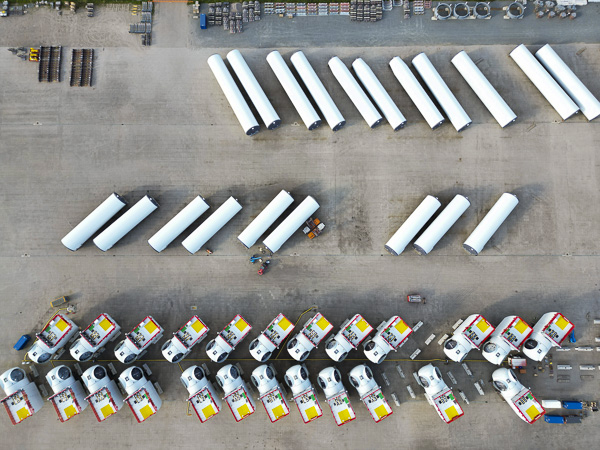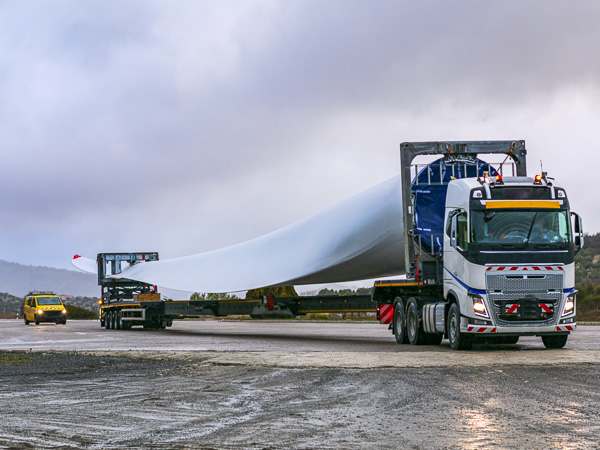Step-by-Step Process of Transporting a Wind Turbine
Transporting a wind turbine is a complex process that involves meticulous planning, coordination, and execution. Wind turbines are large and heavy, making their transportation a significant logistical challenge. This guide will explore the steps involved in transporting a wind turbine and discuss the costs associated with this endeavor.

Planning and Permitting
Before the actual transportation begins, thorough planning is essential. This includes:
- Route Planning: Identifying the most efficient and safest route. This often involves avoiding low bridges, narrow roads, and areas with heavy traffic.
- Permits: Securing necessary permits for oversized loads. These permits vary by region and often require detailed route maps and timing schedules.
Disassembly and Packaging
Wind turbines are typically transported in separate components, which include:
- Tower Sections: These can weigh around 24 tons each.
- Nacelle: The nacelle houses the generator and gearbox and can weigh up to 75 tons.
- Blades: Each blade can weigh approximately 12 tons, with total blade assemblies reaching around 36 tons.

This modular approach facilitates easier transportation and installation, especially for offshore installations where logistics are particularly challenging.
Transportation Methods
The transportation of wind turbine components can involve various methods:
- Trucking: Specialized trucks with multi-axle trailers are often used to transport oversized loads, particularly for the final leg of delivery. However, as turbine blades grow longer (up to 200 feet), navigating secondary roads and local infrastructure becomes increasingly complex.
- Rail: For longer distances, trains may be utilized, but this requires specially designed cars to accommodate the size of the components.
- Marine Transport: Offshore wind turbines are transported using jackup vessels, which are equipped with cranes and legs to stabilize operations above sea level. This method is crucial for minimizing the impact of waves during loading and unloading

Logistical Challenges
Transporting wind turbines involves overcoming numerous logistical hurdles:
- Permitting: Each state along the transportation route requires specific permits, which may involve route surveys, traffic pattern reviews, and compliance with local regulations.
- Final Mile Delivery: The last leg of transportation to remote wind farm locations often presents the greatest challenges due to rough terrain and the need for heavy machinery to install the turbines. Access mats are commonly used to create stable pathways on unstable ground.
Cost of Transporting Wind Turbines
The cost of transporting wind turbines varies significantly based on distance and logistical complexities:
- Short-Haul Shipments: Typically range from $30,000 to $40,000 per turbine.
- Long-Haul Shipments: These can exceed $100,000, reflecting the increased complexity and distance involved in the transport process.
Summary
Transporting wind turbines is a multifaceted process that requires careful planning and coordination. The costs can be substantial, influenced by the distance, size of components, and logistical challenges encountered along the way. As the demand for wind energy continues to grow, optimizing transportation methods and costs will be crucial for the industry’s sustainability and efficiency.
You can read more about how wind energy is used in Power to X systems.

